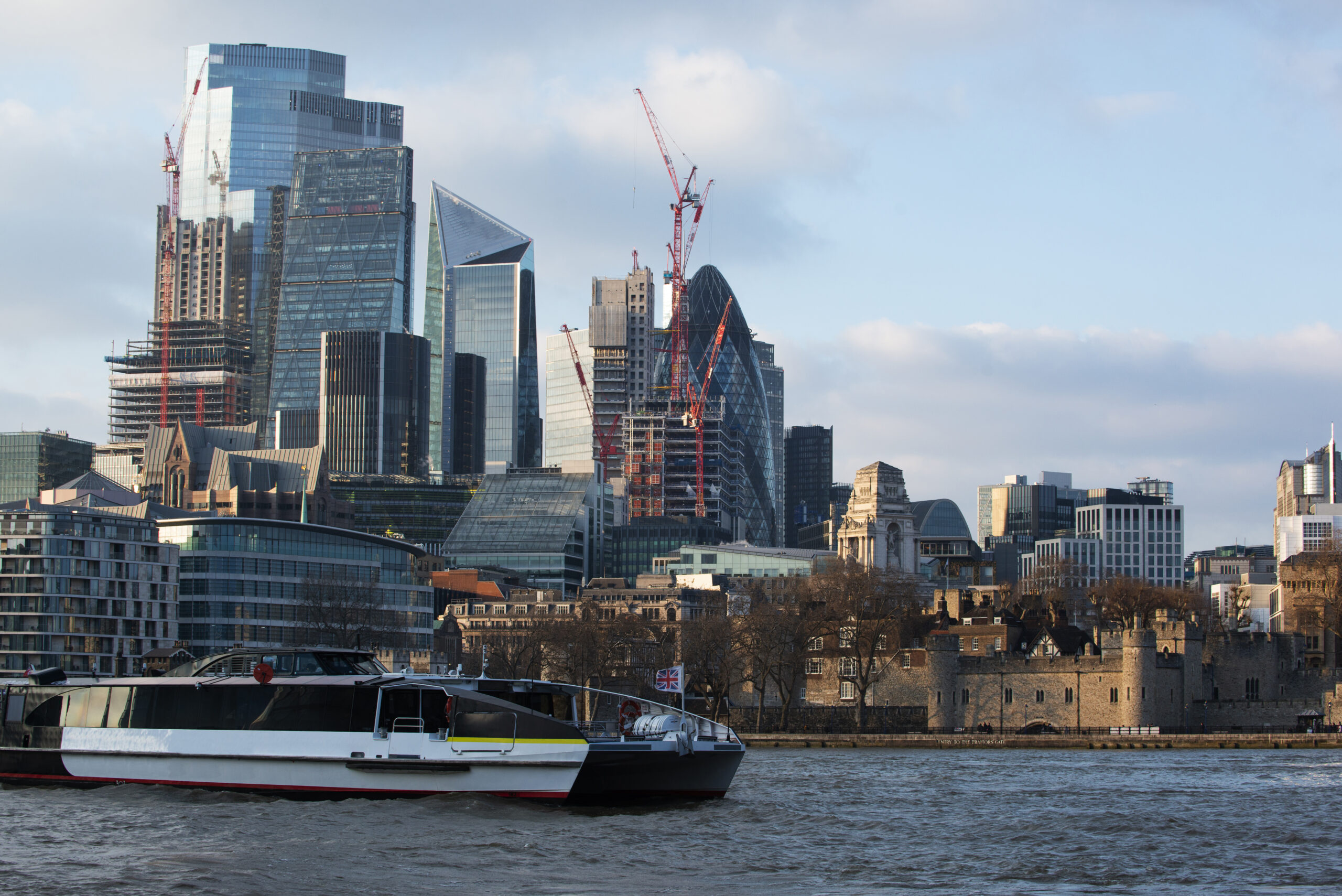n an increasingly connected world, the ability to travel with ease is more important than ever. For citizens of certain countries, Visa Waiver Programs (VWP) make international travel simpler by allowing entry into participating nations without the need for a traditional visa. This blog will explain what Visa Waiver Programs are, how they work, and what travelers need to know to take advantage of these programs.
What is a Visa Waiver Program?
A Visa Waiver Program is an agreement between countries that allows citizens of participating nations to enter each other’s territories for short stays—typically for tourism, business, or transit—without obtaining a visa in advance. The program is designed to facilitate travel and promote tourism, business relations, and cultural exchange by reducing the administrative burden and wait times associated with visa applications.
The United States, for example, operates one of the most well-known Visa Waiver Programs, allowing citizens of eligible countries to enter the U.S. for up to 90 days without a visa. In return, U.S. citizens enjoy similar benefits when traveling to those countries.
How Do Visa Waiver Programs Work?
While the specific details can vary from one VWP to another, the general process for traveling under a Visa Waiver Program typically involves the following steps:
- Eligibility Check: Before planning your trip, it’s essential to check if your country is part of the VWP with your intended destination. Each program has its own list of participating countries, and eligibility criteria can vary.
- Electronic Travel Authorization: Many Visa Waiver Programs require travelers to obtain an electronic travel authorization before departure. For example, the U.S. requires travelers to apply for an ESTA (Electronic System for Travel Authorization) online. This authorization is usually a quick process, but it’s important to apply well in advance of your trip.
- Passport Requirements: Travelers must have a passport that meets specific criteria, such as being an e-passport with an embedded chip that contains biometric information. The passport must also be valid for at least six months beyond your planned stay.
- Travel Purpose and Duration: The VWP typically allows travelers to stay for a short period, usually 90 days or less, and restricts activities to tourism, business meetings, or transit. Engaging in work or study is generally not permitted under a VWP, and travelers must exit the country before their authorized stay expires.
- Entry and Exit: Upon arrival, travelers are subject to the same entry procedures as those with traditional visas. Immigration officers may ask for proof of onward travel and sufficient funds to support your stay. Compliance with the conditions of the VWP is crucial; overstaying your allowed period can result in penalties and future travel restrictions.
Advantages of Visa Waiver Programs
Visa Waiver Programs offer several benefits to both travelers and participating countries:
- Convenience: The primary advantage is the convenience of traveling without the need for a lengthy visa application process. This is particularly beneficial for last-minute travel plans.
- Cost Savings: By avoiding visa fees, travelers can save money, making international travel more accessible.
- Promotion of Tourism and Business: VWP enhances tourism and business travel by making it easier for citizens of participating countries to visit each other, fostering stronger economic and cultural ties.
Considerations and Limitations
While Visa Waiver Programs offer many benefits, there are also important considerations to keep in mind:
- Limited Stay: The short duration of stay under a VWP may not be suitable for those planning extended trips. If your visit will exceed the allowed period, you’ll need to apply for a traditional visa.
- Restricted Activities: The VWP is typically limited to specific activities like tourism and business meetings. Engaging in work, study, or other activities outside these parameters is not permitted.
- Security Measures: Travelers under a VWP are still subject to rigorous security screenings. It’s essential to have all necessary documentation and comply with entry requirements to avoid issues at the border.
Conclusion
Visa Waiver Programs are a valuable tool for facilitating international travel, offering eligible travelers a convenient and cost-effective way to visit participating countries. By understanding how these programs work and adhering to their requirements, you can enjoy a smoother and more enjoyable travel experience. Whether you’re planning a business trip or a vacation, the VWP can open doors to exciting destinations with minimal hassle.
